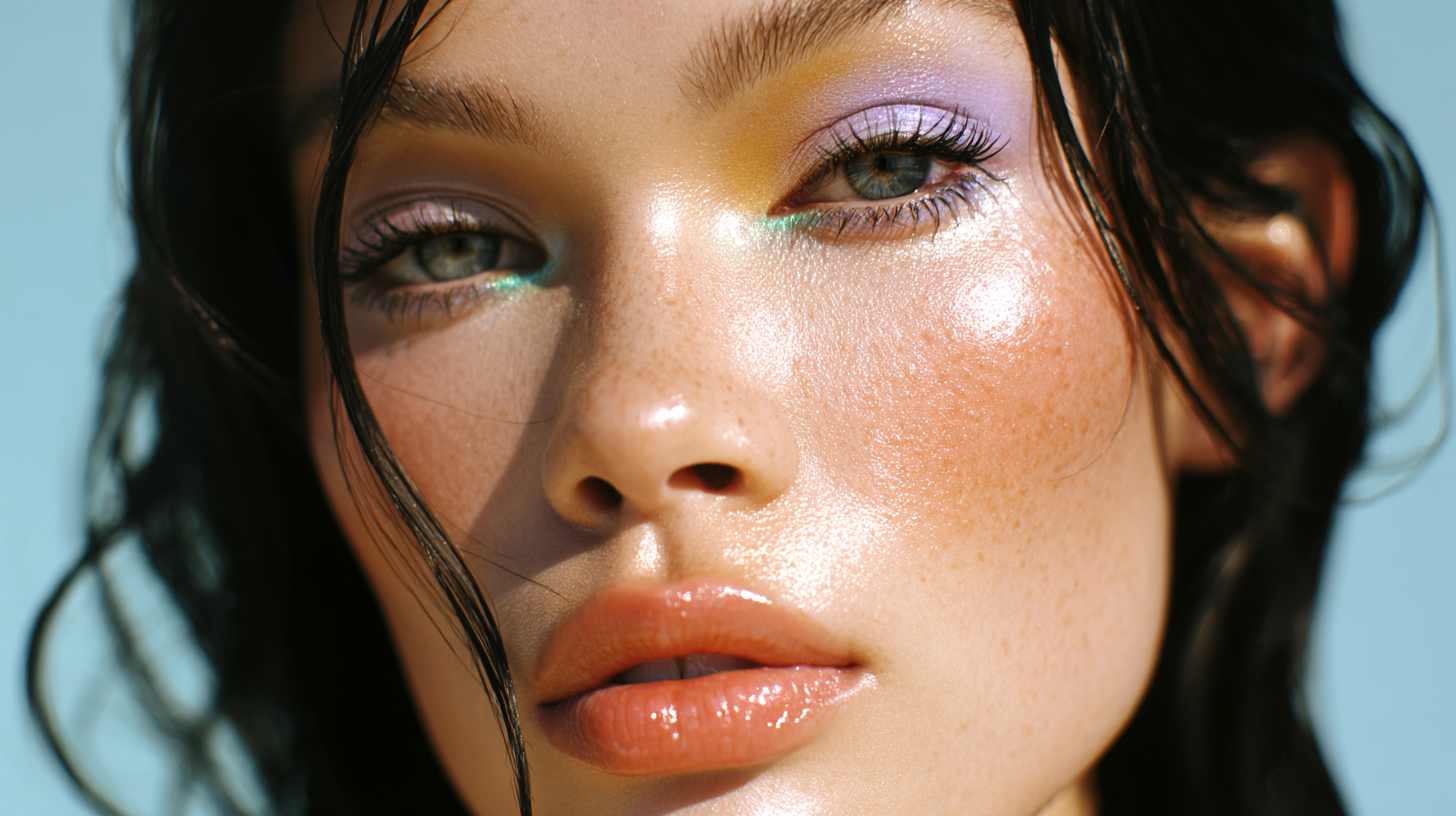What are the Differences in Techniques for Facial Injectables for Men and Women?
In order to give patients, the best results from their aesthetic treatments it is essential to have a deep understanding of facial anatomy whilst still being able to appreciate each faces individuality. When it comes to treating male and female faces, they have different facial anatomies and therefore require different techniques when it comes to administering aesthetic treatments. Comprehensive and in-depth training is the best foundation to nurture this understanding and equip yourself with the latest techniques and knowledge to give patients the highest standard of treatment and results. We spoke to Dr Tristan Mehta of Harley Academy and STORY Clinic to find out more.
What are the differences in facial anatomy between men and women?
Bone Structure:
Men typically have more prominent and angular bone structures, including a stronger brow ridge, a more pronounced jawline, and a broader chin. Ideally, a man's jawline width (bigonial width) is equal to the width of the cheekbones (bizygomatic distance). In contrast, women tend to have softer, more rounded contours, with a less pronounced brow ridge, a narrower jawline, and a more pointed chin.
Soft Tissue Distribution:
Men generally have thicker skin and more muscle mass, particularly in areas like the jaw and temple region. Their facial fat tends to be distributed differently, often concentrated around the jawline and chin. Additionally, men's lips are typically the width of the chin. On the other hand, women generally have thinner skin, less muscle mass, and more evenly distributed facial fat, which often gives them a smoother and more contoured appearance. In women, the fullness of the lips often aligns with the width of the nose.
Facial Ratios and Proportions:
Men's facial proportions are generally larger, with a longer and broader face, a lower brow, and a larger nose. A projected chin is often seen as a masculine feature, whereas an under-projected chin may appear weak. Women, however, tend to have higher brows, a smaller nose, and a more delicate, shorter face. While a projected chin can look masculine, an under-projected chin can enhance feminine beauty.
What are the differences in techniques for facial injectables?
Injection Goals:
For men, the goal is often to maintain or enhance masculine features, such as emphasizing a strong jawline, enhancing the chin, and maintaining a broader, more angular appearance. This involves ensuring the width of the jawline complements the cheekbones and keeping the lips in proportion with the chin. In contrast, the focus for women is often on enhancing femininity by softening features, creating smooth contours, and maintaining a more delicate appearance. Special attention is given to ensuring the fullness of the lips aligns with the width of the nose, and higher cheekbones can create a dramatic and powerful feminine feature.
Technique Adjustments:
In men, injections are typically placed to maintain or enhance angularity and volume, such as adding volume to the jawline and chin. The dosage may also be higher due to thicker skin and more muscle mass. For women, techniques often aim to create lift and contour, such as enhancing the cheeks, softening the nasolabial folds, and creating a more tapered jawline.
Specific Areas of Focus:
For men, jawline definition, chin enhancement, and brow contouring are often key focus areas, with care taken to avoid overly softening or feminizing the face. For women, common areas targeted include cheek augmentation, lip enhancement, and smoothing of the forehead and nasolabial folds, with an emphasis on creating balanced, soft contours.
How does training differ for male and female faces?
Anatomical Considerations:
Training for men focuses on understanding the differences in male anatomy, such as thicker skin and the need for more robust volume in certain areas. Techniques are taught to enhance masculine features without over-softening, ensuring the jawline width is balanced with the cheekbones and maintaining proportional lip width relative to the chin. Training for women, on the other hand, emphasizes the importance of subtlety and precision to maintain the natural curves and softness of the female face. Techniques focus on enhancing femininity without creating exaggerated features, ensuring lip fullness aligns with the width of the nose.
Customized Approach:
For men, techniques are often taught with an emphasis on preserving the ruggedness and angularity of the male face, with practitioners trained to use higher volumes and deeper injections. In contrast, training for women often emphasizes the use of smaller volumes and more superficial injections to enhance softness.
Use of Products:
Men may prefer products with higher viscosity and more structural support to achieve desired results, such as strong jawlines and chins. For women, softer fillers might be chosen to create smooth transitions and delicate contours.
The key to successful facial injectables is understanding that one size does not fit all. Training programmes increasingly emphasise the importance of a tailored approach, considering the unique anatomical and aesthetic goals of each gender. It is also important to recognise that individual patient preferences play a significant role in determining the appropriate techniques and outcomes for facial injectables.









